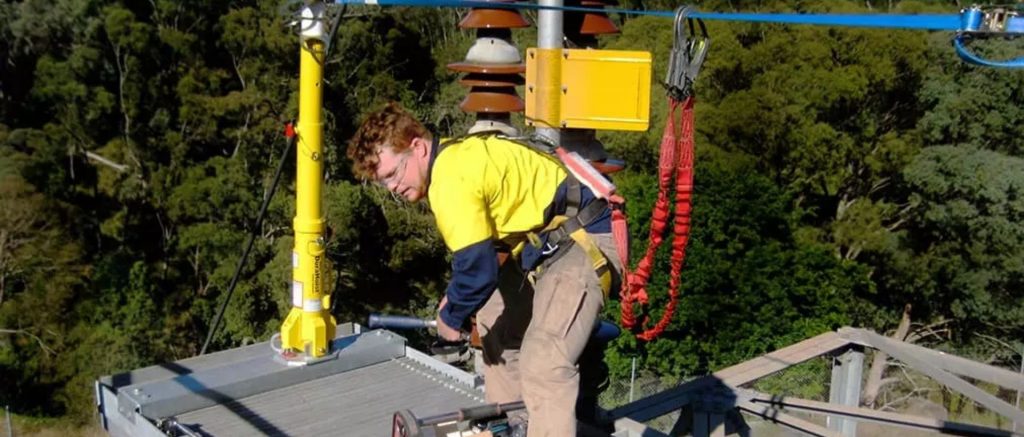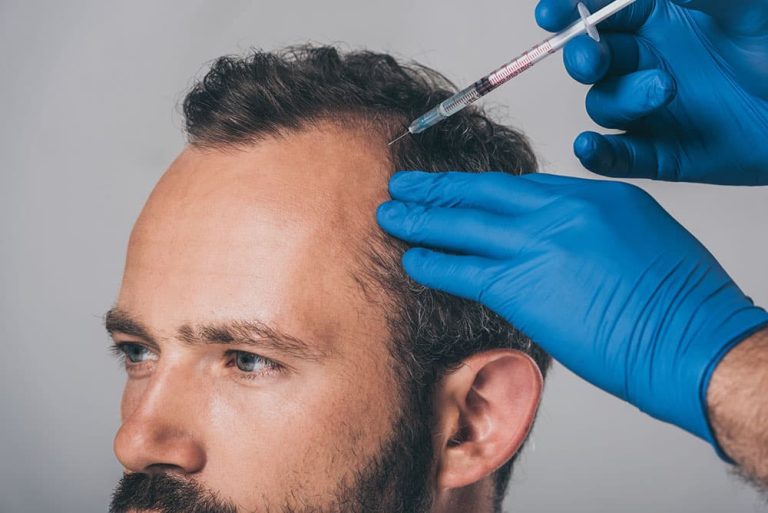Working at heights poses significant risks and requires stringent safety measures to protect workers. Fall arrest systems play a crucial role in preventing falls and minimizing the impact of accidents. This article explores the importance of fall arrest systems, their components, and their role in ensuring safety at heights.
- Understanding Fall Arrest Systems
Fall arrest systems are designed to protect workers from falling from elevated positions. These systems consist of various components, including anchorage points, body harnesses, connecting devices, and shock-absorbing lanyards or lifelines. The purpose of a fall arrest system is to arrest a fall and reduce the impact forces exerted on the body in the event of a fall. This helps prevent severe injuries or fatalities.
- Components of Fall Arrest Systems
- Anchorage Points: Secure points of attachment that can withstand the forces generated during a fall. Anchorage points are typically fixed structures or specially designed equipment that provide a reliable connection for workers’ fall arrest systems.
- Body Harnesses: Full-body harnesses distribute the forces generated during a fall across the body. They are designed to keep workers suspended in an upright position and prevent injuries to specific body parts.
- Connecting Devices: Connecting devices such as lanyards or lifelines connect the body harness to the anchorage point. They are equipped with energy-absorbing features that reduce the impact of a fall and limit the forces exerted on the body.
- Shock-Absorbing Lanyards/Lifelines: These components are designed to absorb the energy generated during a fall, reducing the impact forces on the body. They are typically made from materials that elongate to dissipate energy, minimizing the risk of injury.

- Importance of Fall Arrest Systems
Fall arrest systems are crucial for protecting workers in jobs that involve working at heights, such as construction, maintenance, and industrial settings. They provide a last line of defense in case of a fall, preventing severe injuries and potential fatalities. Fall arrest systems promote a safe working environment by instilling confidence in workers and ensuring compliance with safety regulations and industry standards.
- Proper Usage and Inspection
To ensure the effectiveness of fall arrest systems, proper usage and regular inspection are essential. Workers must be trained in the correct use of the equipment, including proper fitting of harnesses, connecting devices, and anchorage points. Regular inspections should be conducted to check for any signs of wear, damage, or malfunction. Any defective components should be immediately replaced to maintain the integrity and reliability of the fall arrest system.
- Training and Education
Providing comprehensive training and education on fall arrest systems is critical. Workers should be trained in recognizing fall hazards, understanding the proper use of equipment, and following safety protocols. Ongoing training programs can help reinforce safe practices, increase awareness of potential risks, and ensure that workers are equipped with the knowledge and skills to use fall arrest systems effectively.
Fall arrest systems are essential for ensuring the safety of workers at heights. By understanding the components of fall arrest systems, emphasizing proper usage and inspection, and providing adequate training and education, organizations can effectively mitigate the risks associated with working at heights, promoting a safe and secure working environment.







